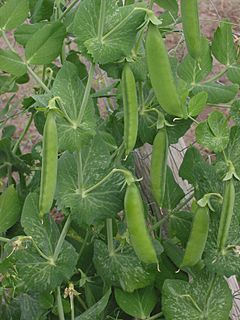Annual plant facts for kids

In Botany, an annual plant is a plant that usually germinates, flowers and dies in one year. True annuals will only live longer than a year if they are prevented from setting seed. Some seedless plants can also be considered annuals even though they do not flower.
In gardening, annual often refers to a plant grown outdoors in the spring and summer and surviving just for one growing season. Many food plants are, or are grown as, annuals, including most domesticated grains. Some perennials and biennials are grown in gardens as annuals for convenience, particularly if they are not considered cold hardy for the local climate. Carrot, celery and parsley are true biennials that are usually grown as annual crops for their edible roots, petioles and leaves, respectively. Tomato, sweet potato and bell pepper are tender perennials usually grown as annuals.
Ornamental annuals are often called bedding plants. Annuals are often used in gardens to provide splashes of color, as they tend to have a longer season of bloom than hardy herbaceous perennials.
Examples of true annuals include corn, lettuce, pea, cauliflower, watermelon, bean, zinnia and marigold.
Summer annuals
Summer annuals sprout, flower and die within the same spring/summer/fall. The lawn weed, crabgrass, is a summer annual.
Related pages
- Eduard Strasburger, Peter Sitte, Elmar Weiler, Andreas Bresinsky, Christian Körner: Lehrbuch der Botanik für Hochschulen. Heidelberg 2002 (35.). ISBN: 3-8274-1010-X
See also
 In Spanish: Planta anual para niños
In Spanish: Planta anual para niños

